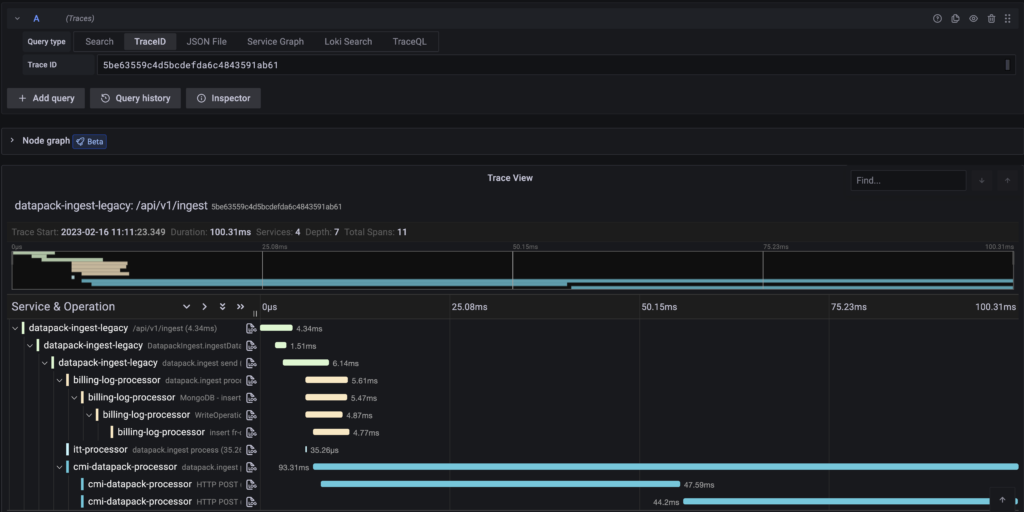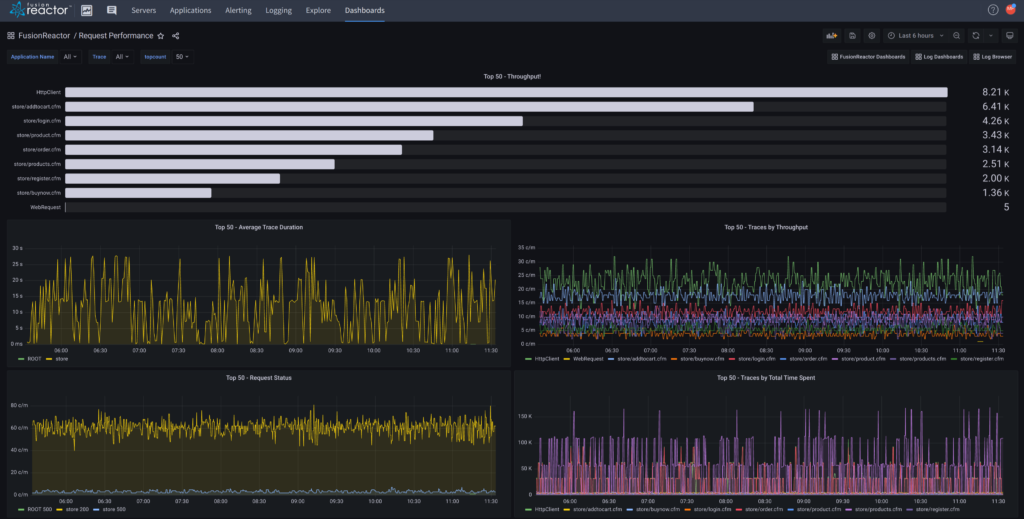What issues can an observability platform diagnose that an APM can’t?
In this post, we will take a look at issues an observability platform can diagnose that an APM can’t
What is Observability?
Observability is a software engineering practice that involves monitoring, analyzing, and understanding the internal state of complex systems. It is a way to gain insights into how a system behaves and identify any issues or potential problems that might arise. Observability provides a holistic view of a system, including its infrastructure, services, and applications, which helps ensure that everything functions optimally.
What Problems Does Observability Solve?
Observability helps to solve a range of problems related to complex systems, including:
- Detecting and Diagnosing Issues: Observability allows developers and operations teams to detect and diagnose issues in complex systems quickly. This includes identifying performance bottlenecks, errors, and other problems that might be impacting the system.
- Improving System Performance: Observability can help to identify areas where system performance can be improved, such as optimizing database queries, tuning application configurations, and minimizing network latency.
- Enhancing User Experience: Observability provides insights into how users interact with a system, which helps to optimize the user experience and ensure that users are satisfied with the service they receive.
How is Observability Different Than Application Performance Management (APM)?
Observability is often compared to APM, but the two are different in crucial ways. While APM focuses on monitoring and optimizing the performance of specific applications, observability takes a more holistic approach. Observability provides insights into the entire system, including the underlying infrastructure and services, which allows developers and operations teams to identify issues that might be impacting the performance of an application.
Additionally, observability is more flexible than APM. Observability can work with a wide range of systems and applications, including those highly distributed or relying on serverless architectures. APM, on the other hand, is typically designed to work with specific types of applications and might not be as effective in more complex environments.
What issues can an observability platform diagnose that an APM cant
An observability platform can diagnose several issues that an Application Performance Monitoring (APM) tool might be unable to. Some of the problems that an observability platform can diagnose are:
- Infrastructure issues: Observability platforms can provide insights into the underlying infrastructure that supports an application. This includes topics such as network latency, database performance, and server hardware issues. APM tools might not have the ability to diagnose these types of issues.
- Distributed Tracing: Observability platforms can trace a request across different services and microservices that make up an application. This helps to identify bottlenecks, slow queries, and other issues that APM tools might miss.
- Contextual Data: Observability platforms can provide contextual data that helps understand issues’ impact on end-users. For example, an observability platform can tell you how many users were affected by a particular issue and how long it took to resolve it. This information is not typically available in an APM tool.
- Cross-Platform Diagnostics: An observability platform can diagnose issues across different platforms, including cloud services and serverless functions. APM tools might be unable to analyze the problems in these types of environments.
How Does Observability Differ From Monitoring?
Monitoring is a more traditional approach to system management, involving collecting data from various sources and analyzing that data to identify issues or potential problems. Monitoring typically consists of the use of metrics, such as CPU utilization, network traffic, and disk I/O, to track system performance.
Observability, on the other hand, takes a more comprehensive approach. It involves collecting data from infrastructure and applications and logs, traces, and other sources. This allows developers and operations teams to understand better how the system behaves and identify issues that might not be visible through traditional monitoring.
What is One of the Main Benefits of Observability Over Classic Monitoring?
One of the main benefits of observability over classic monitoring is the ability to gain a complete picture of how a system is functioning. Classic monitoring typically involves tracking a set of predefined metrics and alerting when those metrics exceed certain thresholds. While this can effectively identify specific issues, it doesn’t provide a complete system view.
On the other hand, Observability provides a more comprehensive view of the system by collecting data from a wide range of sources. This allows developers and operations teams to identify issues that might not be visible through traditional monitoring and gain insights into how the system behaves as a whole. Additionally, observability can provide more context around topics, such as the impact on end-users, which can help teams prioritize and resolve issues more quickly.
Conclusion – Issues an observability platform can diagnose that an APM can’t
Observability is a powerful tool for managing complex systems. It provides a more comprehensive view of the system than traditional monitoring, allowing teams to identify and resolve issues more quickly and effectively. By adopting observability practices, organizations can improve system performance, enhance the user experience, and






